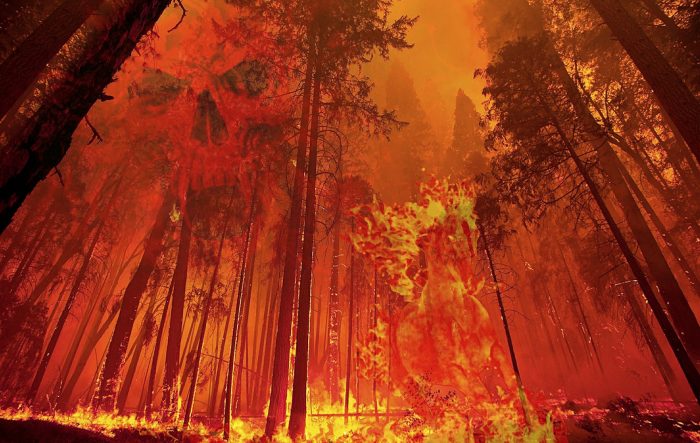Between You and Me: From birthday mishaps to megadisasters, are we prepared?
By Leah S. Dunaief

Another birthday has come and gone. It was a memorable day, first, because it began with an overflowing toilet bowl, and it ended with the imminent arrival of Hurricane Henri. The latter caused my children and grandchildren, who were happily visiting, to depart abruptly for their homes before sunset. In between, we enjoyed a terrific party, with lots of laughter, board games and food, lingering over each meal long enough to plan the next one.
We on Long Island were lucky to have escaped the worst of the storm after the dire predictions. Lots of rain fell, some of it torrentially, but the electricity stayed on and the flooding wasn’t too bad. What could have been a disaster for us made me consider more carefully an article I recently read in the Spring/Summer edition of Columbia University’s magazine.
Titled, “How to Prepare for a ‘Megadisaster,’” by Kevin Krajick and David J. Craig, it is an interview with Columbia’s National Center for Disaster Preparedness Director Jeffrey Schlegelmilch. The center conducts research to help “prevent, prepare for and respond to natural and human-driven disasters on behalf of the United States.” Megadisasters are events that would have “society-altering potential,” like the Black Death in the Middle Ages or the Irish Potato Famine.
In our century, we are seeing more large-scale disasters, both because of human activity and our vulnerability to them. We are polluting our atmosphere, which is thought to cause more extreme weather, and we are building in flood zones and forested areas susceptible to wildfires. We are also “encroaching into wildlife areas and coming into closer contact with animals harboring exotic pathogens” that then, as we travel, spread across the globe.
Schlegelmilch names five categories of mega risk: climate change, biological perils, infrastructure failures, cyberthreats and nuclear conflict. COVID-19 could have been a megadisaster had we not responded, albeit too slowly, to the extent that we have so far. While we lacked the medical supplies needed to handle a pandemic, we did rapidly develop vaccines, which certainly are helping to control the long-term impact. Climate change, with its prolonged droughts, can cause widespread food and water shortages and their catastrophic consequences. The American Society of Civil Engineers has given the nation a C- grade on the most recent Infrastructure Report Card. Our electric grid might be the biggest problem in this category, since it is “aging, overloaded and quite susceptible to breakdown,” or to terrorist attacks. Remember that millions of people lost electricity in Texas last winter due to a couple of severe storms. More than 2,300 of our dams are structurally worrisome, as are 46,000 of our bridges.
The long-term human toll of disasters needs also to be considered and planned for, especially for children. Those whose lives are severely impacted “are much likelier to suffer anxiety and depression, to display behavioral problems and to struggle in school for years.”
So what can we do to ready our nation for disasters?
We need forward-looking strategies from governmental agencies and the many non-profit organizations to deal with these possibilities. We must demand those. Disaster response, like insurance, which we hope never to need, must be in place. Woe to those who try to catch up with a disaster after it happens. Chaos ensues even with planning. It does to a much more horrific extent without some degree of readiness.
According to Schlegelmilch, disaster preparedness really began in the US in the early 2000s, after 9/11 and Hurricane Katrina. He believes a lot of progress has been made since then. The strength of social bonds among neighbors and within a community makes the biggest difference in how well areas recover after a catastrophe. Also coordinating relief efforts is helped by artificial intelligence, software specifically designed for sifting through a great deal of information, then picking out the critical data for making life and death decisions. Preparedness for biothreats. however, needs attention.
Meanwhile, what can we do to prepare ourselves?
Whatever the disaster, we will either have to stay at home for long periods or leave immediately, says Schlegelmilch. We should hope neither happens yet prepare for both.







